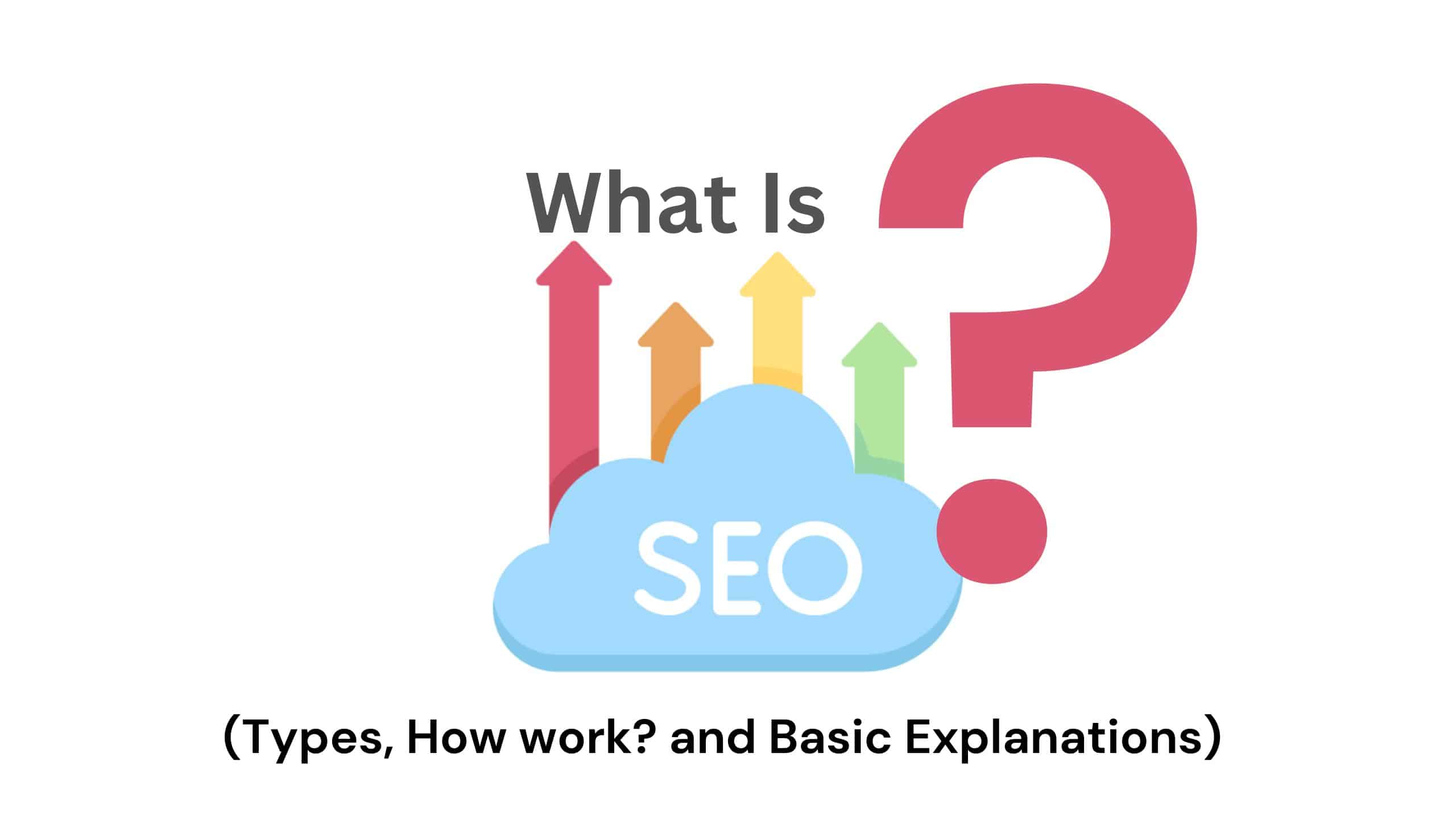Creating a multilingual website seo opens up opportunities to reach a broader audience and expand your online presence. However, ensuring that your multilingual website is search engine optimized (SEO) is crucial for maximizing its visibility and attracting organic traffic from different language markets.
In this response, I will provide comprehensive information about multilingual website SEO, covering topics such as hreflang tags, URL structure, content translation, keyword research, localizing metadata, and more.
1. Hreflang Tags:
Hreflang tags are an essential component of multilingual website SEO. They help search engines understand the language and geographic targeting of each page, ensuring that the appropriate version is displayed to users based on their language preferences and location. Hreflang tags should be implemented correctly to avoid duplicate content issues and help search engines index and rank your multilingual pages appropriately.
- Implement hreflang tags: Use the hreflang attribute in the HTML header of your webpages to specify the language and country targeting. You can use different variations, such as language-only, language with a country code, or language with a region code.
- Use consistent hreflang values: Ensure that the hreflang values are consistent across your website and corresponding language versions. For example, if the English version of a page has “en-US” as the hreflang value, the corresponding Spanish version should have “es-US” if targeting the same region.
- Verify hreflang implementation: Use tools like Google Search Console to verify the correctness of your hreflang implementation and detect any issues or errors that need to be addressed.
2. URL Structure:
Choosing the right URL structure for your multilingual website is crucial for SEO. The URL structure should be user-friendly, reflect the language or country targeting, and be easy to navigate for both search engines and users.
- Subdirectory structure: Using subdirectories is a popular approach for organizing multilingual content. For example, example.com/en/ for English and example.com/es/ for Spanish.
- Subdomain structure: Another option is to use subdomains for each language version, such as en.example.com for English and es.example.com for Spanish.
- Country-specific top-level domains (ccTLDs): If you have separate websites targeting different countries, using country-specific top-level domains (e.g., example.com for the United States and example.es for Spain) can help with geo-targeting and local SEO.
3. Content Translation and Localization:
To optimize your multilingual website, it’s crucial to translate and localize your content effectively. Translation and localization involve more than simply converting words from one language to another. It includes adapting the content to the cultural nuances, preferences, and search behaviors of the target audience.
- Quality translation: Ensure that your content is translated accurately, maintaining the intended meaning and context. Poorly translated content can harm the user experience and SEO.
- Cultural adaptation: Consider cultural differences and adapt your content to suit the target audience. This includes using appropriate idioms, phrases, and cultural references.
- Local keyword research: Conduct keyword research specific to each language and region to identify relevant keywords and phrases. This helps optimize your content for local search queries and improves its visibility in search engine results pages (SERPs).
4. Keyword Research and Optimization:
Keyword research is a fundamental aspect of SEO, and it becomes even more critical for multilingual websites. Conducting keyword research in each target language allows you to understand the search intent and preferences of users in different markets.
- Local keyword research tools: Utilize keyword research tools specific to each language or country to identify popular search terms and phrases. For example, use Google Keyword Planner for English, and tools like Yandex WordStat or Baidu Index for Russian or Chinese respectively.
- Optimize meta tags: Localize meta tags, including title tags and meta descriptions, for each language version of your webpages. Incorporate relevant keywords in these tags to improve click-through rates (CTRs) and attract organic traffic.
- On-page optimization: Apply SEO best practices to each language version of your webpages, including optimizing headings, URLs, image alt text, and internal linking. Use language-specific keywords naturally throughout the content, avoiding keyword stuffing.
5. Language-specific Metadata:
Apart from meta tags, there are other metadata elements that should be localized for each language version of your website.
- Open Graph tags: Localize Open Graph tags to optimize the appearance of your website’s content when shared on social media platforms. These tags influence the title, description, and image that are displayed in social media posts.
- Schema Markup: Implement language-specific schema markup to provide search engines with structured data about your content. This can enhance the visibility of your website in rich snippets and other SERP features.
6. Language Switcher and User Experience:
Providing a user-friendly language switcher is essential for multilingual website SEO and user experience.
- Clear language switcher: Implement a visible and intuitive language switcher that allows users to easily switch between language versions of your website.
- Consider user preferences: Respect the user’s language preference based on their location or previous interactions. For example, use geolocation to automatically redirect users to the appropriate language version.
- Avoid automatic translations: While automatic translation tools may seem convenient, they often produce subpar translations that can harm the user experience and SEO. Opt for professional translation services to ensure high-quality and accurate translations.
7. Local Backlink Building:
Building local backlinks is essential for multilingual website SEO. Local backlinks from reputable websites in each target language help establish authority, improve search engine rankings, and increase organic traffic.
- Local directories and business listings: Submit your website to local directories and business listings in each target country or language. This can help improve your website’s visibility in local search results.
- Outreach and partnerships: Build relationships with local influencers, bloggers, and businesses in each target market. Collaborate on content, guest posting, or sponsorship opportunities to earn relevant backlinks from authoritative sources.
8. Website Performance and Mobile Optimization:
Website performance and mobile optimization are crucial for SEO, regardless of whether your website is multilingual or not. However, they become even more important for multilingual websites, as users from different regions and devices access your content.
- Optimize page loading speed: Minimize server response time, enable caching, compress images, and optimize code to improve page loading speed.
- Responsive design: Ensure that your website is responsive and adapts well to different screen sizes and devices. Mobile optimization is particularly crucial, given the increasing mobile usage worldwide.
- International hosting: If your website targets multiple countries, consider using a Content Delivery Network (CDN) or hosting your website on servers located in or near the targeted regions. This can improve website performance and reduce latency.
Multilingual website SEO requires careful planning, attention to detail, and an understanding of the target audience. By implementing hreflang tags correctly, optimizing content and metadata, conducting local keyword research, and providing a seamless user experience, you can enhance the visibility, reach, and organic traffic of your multilingual website.





